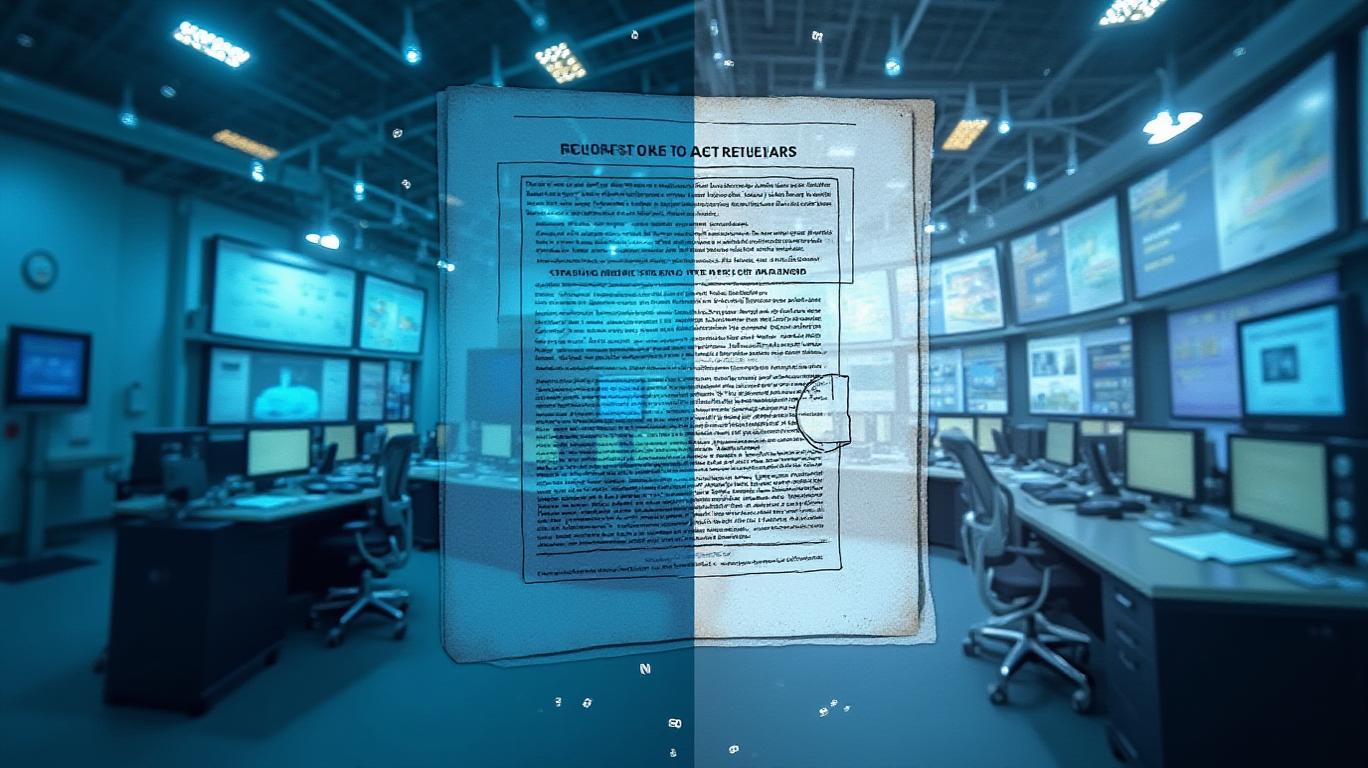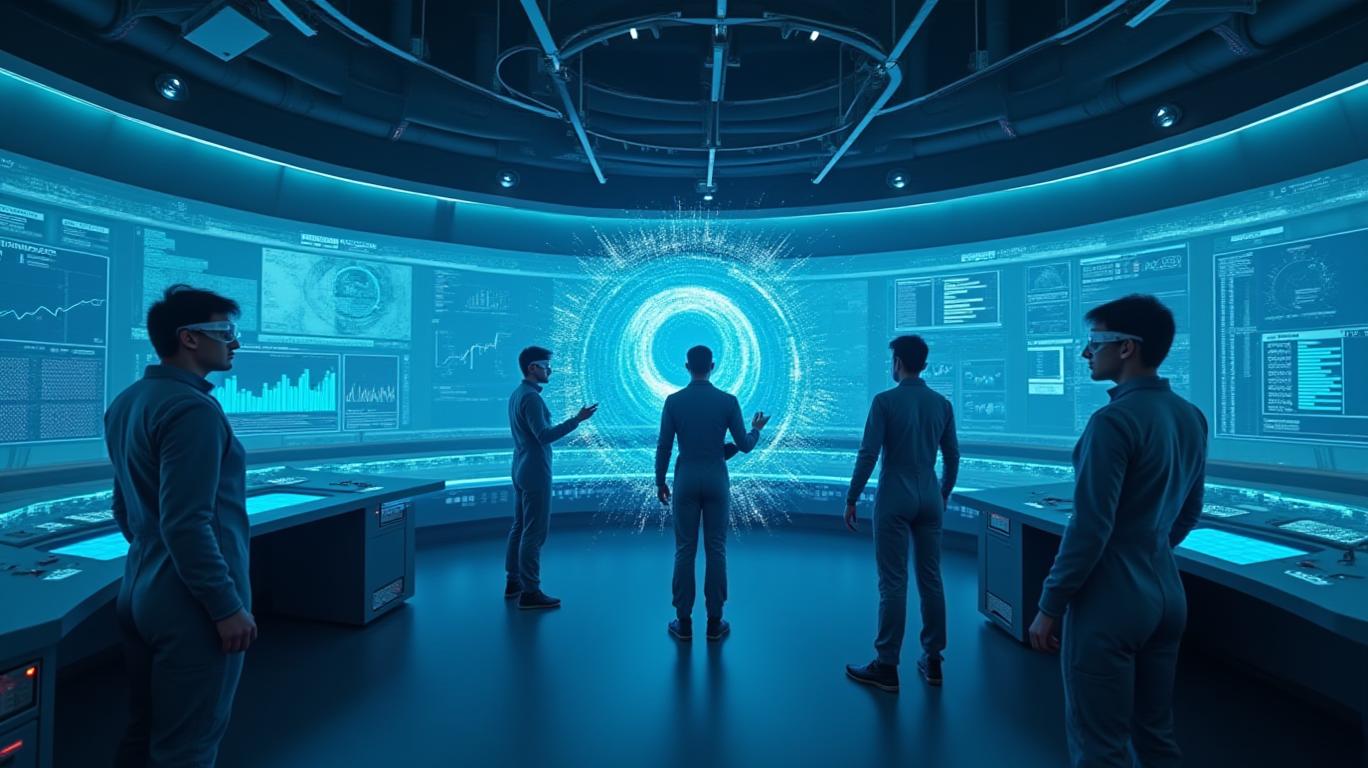Nuclear's New Brain: How Diablo Canyon's AI Integration Could Spark a Smarter Energy Future

California’s sole nuclear power plant, Diablo Canyon, has quietly become a proving ground for the next
of energy innovation: artificial intelligence. The facility’s partnership with startup Atomic Canyon and its Neutron Enterprise AI platform represents more than a cost-cutting tool—it signals a potential paradigm shift in how the energy sector navigates regulatory complexity, optimizes operations, and prepares for an uncertain future. For investors, this experiment raises critical questions: Is AI-driven nuclear energy a scalable opportunity, or a regulatory minefield?The AI Playbook at Diablo Canyon
The $3.2 million Neutron Enterprise system, powered by NVIDIA’s H100 GPUs, is designed to tackle one of nuclear energy’s most tedious challenges: regulatory compliance. By training on millions of pages of Nuclear Regulatory Commission (NRC) documents, the AI acts as a “copilot” for workers, slashing the 15,000 annual hours spent manually sifting through safety protocols and maintenance logs. PG&E’s phased rollout, targeting full deployment by Q3 2025, could save an estimated $1.8 million annually in labor costs—a compelling metric for utilities facing pressure to reduce operational expenses.
Yet the project’s true value lies beyond cost savings. Atomic Canyon’s CEO Trey Lauderdale envisions AI expanding into predictive maintenance and decommissioning optimization. “This isn’t about replacing humans—it’s about amplifying their expertise,” he states. If successful, Diablo Canyon’s model could attract small modular reactor developers like NuScale (acquired by Rolls-Royce in 2022) seeking to streamline their own regulatory burdens.
Regulatory Crossroads: Oversight in the Age of AI
The NRC’s absence of AI-specific guidelines poses a significant risk. While Atomic Canyon voluntarily shares updates with regulators, the agency’s 2024 report acknowledged gaps in auditing AI decision-making processes. Political headwinds compound the uncertainty: the Trump administration’s 2023 reversal of the Biden-era “Blueprint for an AI Bill of Rights” left the sector in limbo, with critics like Assemblymember Dawn Addis warning of unchecked algorithmic bias.

Investors should monitor Sen. Scott Wiener’s proposed “AI Infrastructure Safeguards Act,” which would mandate third-party audits for critical infrastructure AI systems by 2026. Without such frameworks, projects like Neutron Enterprise risk delays—a stark contrast to China’s state-backed nuclear AI initiatives, which already boast over 20 operational systems.
Market Implications: The AI Energy Stack
The Diablo Canyon experiment highlights three investment vectors:
- GPU Suppliers: NVIDIA’s (NVDA) H100 chips dominate this niche, with $1.2 billion in datacenter GPU revenue in Q1 2024 alone. As nuclear operators follow PG&E’s lead, demand for high-performance computing hardware could surge.
- Regulatory Tech Startups: Firms like Atomic Canyon, which raised $45 million in Series B funding in 2024, are positioned to profit from the NRC’s eventual rulemaking.
- Decommissioning Plays: With Diablo’s 2029 shutdown looming, AI-driven waste management and site remediation could create new revenue streams for companies like EnergySolutions (a subsidiary of Energy Capital Partners).
Conclusion: Balancing Innovation and Caution
Diablo Canyon’s AI initiative underscores a pivotal truth for energy investors: automation is inevitable, but its pace hinges on regulatory clarity. While PG&E’s projected $1.8 million annual savings and Atomic Canyon’s $45M valuation suggest early wins, the broader market remains cautious. The NRC’s delayed guidelines and political volatility could delay widespread adoption, leaving room for competitors like France’s EDF (EDF.PA), which recently announced its own nuclear-AI pilot.
For now, the safest bets are hardware suppliers like NVIDIA and nimble startups with regulatory expertise. Long-term, however, the sector’s success will depend on answering one question: Can AI improve nuclear energy’s safety and efficiency without sacrificing accountability? The answers—and the investment opportunities—will be shaped in California’s coastal control rooms.


Comments
No comments yet